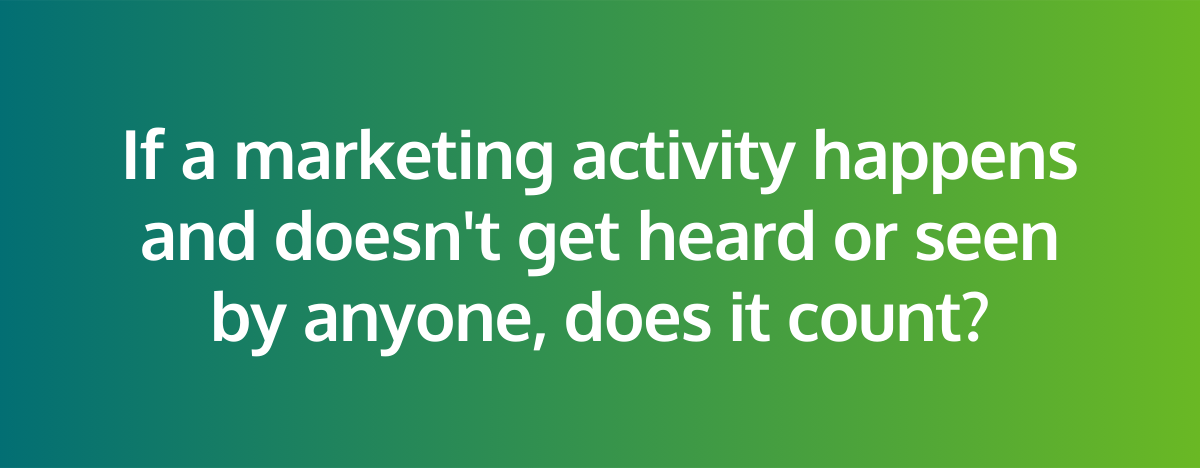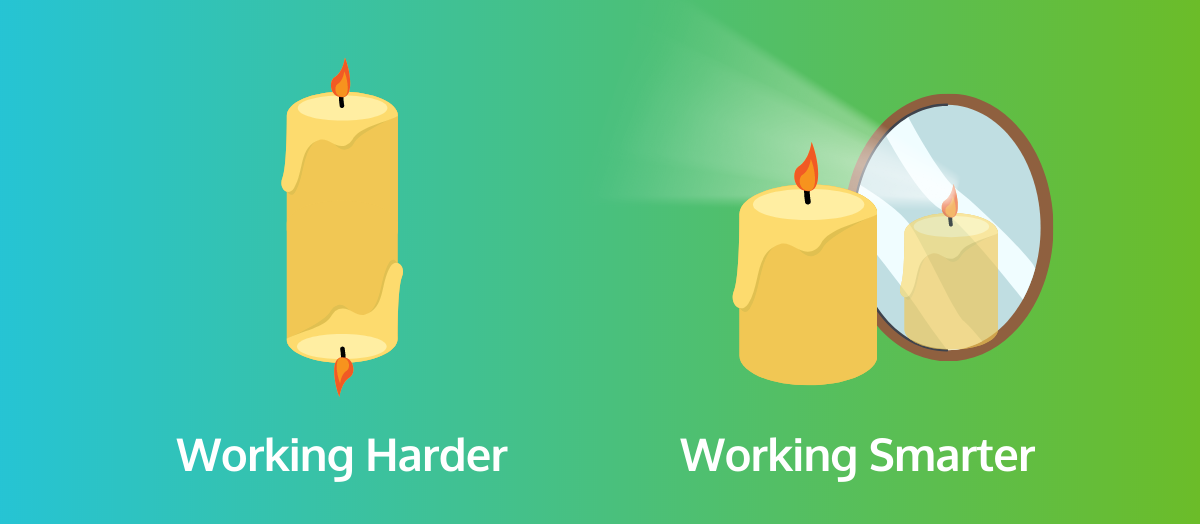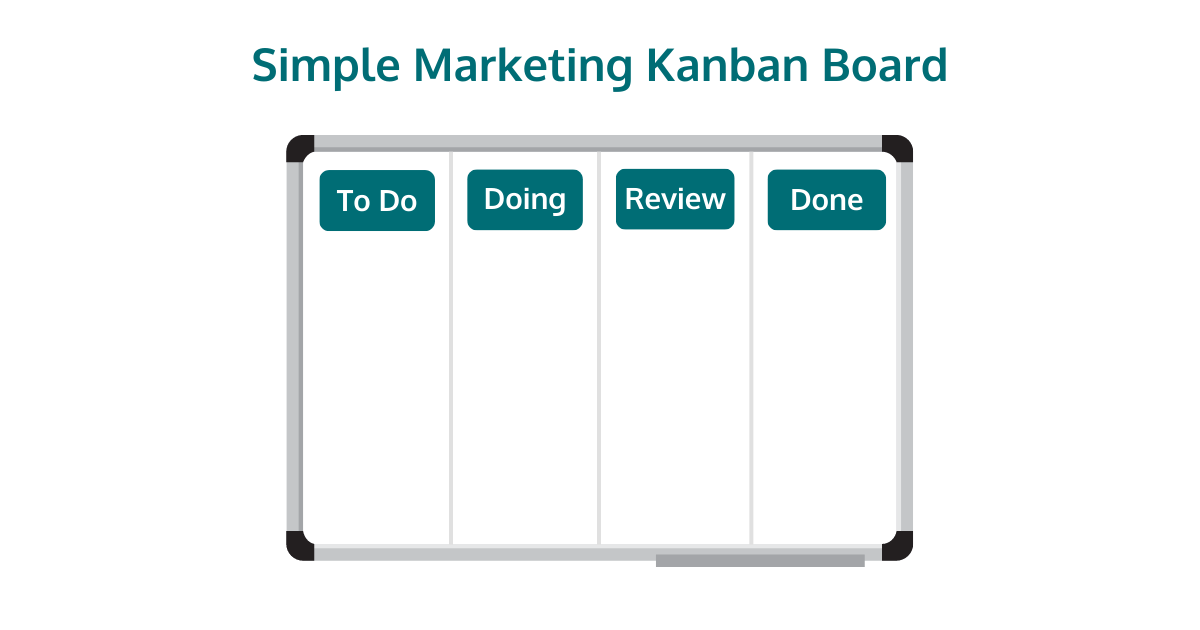-
- marketing agility
- Teams
- Organizations
- Education
- enterprise
- Articles
- Individuals
- Transformation
- Solution
- Leadership
- Getting Started
- business agility
- agile management
- going agile
- Frameworks
- agile mindset
- Agile Marketing Tools
- agile marketing journey
- organizational alignment
- Agile Marketers
- People
- Selection
- (Featured Posts)
- strategy
- agile journey
- Metrics and Data
- Kanban
- Resources
- Why Agile Marketing
- agile project management
- self-managing team
- Meetings
- Scrum
- agile adoption
- scaled agile marketing
- tactics
- scaled agile
- AI
- Agile Meetings
- agile marketing training
- agile takeaways
- Agile Leadership
- agile coach
- enterprise marketing agility
- Scrumban
- state of agile marketing
- team empowerment
- Intermediate
- agile marketing mindset
- agile marketing planning
- agile plan
- Individual
- Team
- Videos
- agile marketing
- kanban board
- Agile Marketing Terms
- agile transformation
- traditional marketing
- FAQ
- agile teams
- Agile Marketing Glossary
- CoE
- Scrumban
- agile
- agile marketer
- agile marketing case study
- agile marketing coaching
- agile marketing leaders
- agile marketing methodologies
- agile marketing metrics
- agile pilot
- agile sales
- agile team
- agile work breakdown
- cycle time
- employee satisfaction
- marketing value stream
- marketing-analytics
- remote teams
- sprints
- throughput
- work breakdown structure
- News
- agile brand
- agile marketing books
- agile marketing pilot
- agile marketing transformation
- agile review process
- agile team charter
- cost of delay
- hybrid framework
- pdca
- remote working
- scrum master
- stable agile teams
- stand ups
- startups
- team charter
- team morale
- user story
- value stream mapping
- visual workflow

Imagine someone realizing they have a really long to-do list, so they decide they’ll just make dinner, do laundry, pick their kids up from school, and prepare a presentation for work… at the same time.
It sounds crazy because it kind of is. After all, it doesn't take a rocket scientist to tell you that this is hardly a recipe for success.
And yet, this is the approach we take in our work all the time. Unsurprisingly, it doesn’t work there either.
It especially doesn’t work when budgets are getting cut and companies are asking marketers to do more with less. In this environment, trying to do it all can have disastrous consequences.
So what should marketers do when they’re feeling overwhelmed and struggling to set aside time for mission-critical work? How should they prioritize work so they can balance new things and the tried-and-true tactics they know will work?
The answer is counterintuitive but essential for staying sane in this era of hyper-competitive marketing.
What Are Marketing Activities?
Let’s start with the basics. Marketing activities are anything we do as individuals, teams, or organizations to achieve our marketing goals.
Activities might be writing content, emailing prospects, improving branding, or just posting on social media. However, the part of the definition that doesn’t get nearly enough attention is that second half: achieving marketing goals.
Consider the classic “if a tree falls in the woods and no one is there to hear it” thought experiment. If you throw up an advertising billboard on Pluto, is that a marketing activity?
We would argue not, because there’s no clear way it would ever contribute towards a marketing goal. So when you think about marketing activities, don’t just think about ads and campaigns, think about achieving marketing objectives.

Types of Marketing Activities
With all those caveats out of the way, what are the main types of marketing activities you should be aware of?
- Market research
- Content marketing
- Social media marketing
- Email marketing
- Print and other physical advertising
This isn’t an exhaustive list because everything from handing out fliers on a street corner to shouting the name of a product from the rooftop could technically count in the right circumstances. But you can get a feel for the basic activities that make up the vast majority of marketing.
But beyond the activities themselves, understanding marketing also requires considering what you’re trying to achieve. You can break these types down into three basic categories based on their aims:
- Getting new customers
- Keeping existing customers
- Expanding relationships with existing customers
Obviously there’s a lot of marketing activities out there, so it’s time to tackle the main challenge most of us face: prioritizing it all so we can be effective and (ideally) keep our sanity.
How to Prioritize Your Activities More Effectively
Let’s start with the point made in the introduction: trying to do everything virtually guarantees you’ll end up getting less done and eventually burn out trying.
That’s why the Agile approach to better marketing productivity is all about working smarter, not harder.

Working harder is always a temporary solution because in most cases the pace is unsustainable in the long-run. Working smarter, by comparison, is a sustainable way to get more done without sacrificing your mental health.
The key Agile principle behind how to do this is ensuring the right work gets done at the right time. In other words, getting prioritization right. While teams often prioritize arbitrarily, for example based on what looks easiest, what someone is in the mood to work on, etc. But to be effective prioritization needs to be based on what will deliver the most stakeholder value, taking into account both that delivery and what the cost of a delay would be.
But ensuring that happens begins with mindset.
Start With the Right Mindset
Many people trying to use Agile processes to improve their marketing find that they’re going through the motions but not getting the results they want. Usually, mindset is at the core of what’s going wrong.
The reason this happens is simply that, without a mindset shift, most of us tend to drift back into our old habits. We’ve all tried some new habit only to drift back to our old ways with time. So it’s hardly surprising that reverting to old non-Agile approaches is the second most common challenge Agile marketers report.
The mindset you need begins with the Agile marketing manifesto. In it you’ll find 7 values that together, create a mindset that enables you to make your time and effort more efficient at delivering real marketing value.
- Validated learning over opinions and conventions
- Customer-focused collaboration over silos and hierarchy
- Adaptive and iterative campaigns over Big-Bang campaigns
- The process of customer discovery over static prediction
- Flexible versus rigid planning
- Responding to change over following a plan
- Many small experiments over a few large bets
For the purposes of improving prioritization and time management, the most important elements of these values are those centered around being customer-focused and flexible. Instead of just tackling whatever work you feel like doing or seems easiest, your prioritization should always be based on what will deliver the most value to your customers.
Next, you need to be flexible about how you approach your work. Just because you decided writing an article was the top priority a month ago doesn’t mean it’s what you should work on today. Circumstances change and you need to be willing to adapt to ensure you continue to do the right work at the right time.
Still, mindset is only the beginning, you also need the practices that make these principles a reality. That begins with visualization.
Visualize Everything!
Before you can manage your marketing activities more effectively you need to be able to see them. One of the most effective ways to do this is by using a visualization tool like a Kanban board.

Tools like this make it easy to see all the work you have in progress and to create backlogs ordered by importance. So when you finish some marketing activity, you don’t have to sit and debate what should come next. Instead, you can easily jump to the next priority without missing a beat.
Some visualization tools also enable you to generate analytics to track how long tasks take, what steps tend to lead to delays, etc. This data empowers you to really dive in and understand what might be inhibiting your ability to get your most critical marketing activities done.
Visualization is also immensely valuable for any kind of remote work because it enables people to work asynchronously. Lastly, it enables you to use one of the single most important techniques in the Agile marketing arsenal: Work In Progress (WIP) limits.
Use WIP Limits
It’s always been rather amazing that our culture puts multitasking on a pedestal, with many job descriptions even asking for it as a key skill.
The reality is that multitasking obliterates your productivity. It’s probably the single worst thing you can do when you’re trying to get more done. And yet, it’s often what we turn to when our workload increases.
That’s why WIP limits are so important.
By forcing ourselves to finish work that we’ve already started before beginning something else, we improve our productivity and ensure value-generating work gets done faster. Or, put another way, by doing less we do more.
Practically speaking, the best place to start with WIP limits is by starting with 3 things per person. Make sure they’re the 3 things that will move the needle the most when it comes to achieving your marketing objectives. Then, don’t start anything new until those things are done.
Try Planning Poker
We’ve talked about using visualization tools to create a backlog of marketing activities and then imposing WIP limits, but we still need to find a better way to decide what goes into that backlog in the first place.
The first element is the customer-centric mindset we mentioned earlier. Delivering value to customers and other stakeholders should be the main priority for deciding what work gets done. But then there’s the question of how much effort specific marketing activities will require.
The bad news is that humans are abysmally bad at estimating how much work tasks will take. The good news is that there’s a science-backed technique for overcoming that handicap: planning poker. It’s a simple game that helps ensure you and your team get better at accurately estimating the work required to complete tasks over time.
Consider the Cost of Delay
If you only consider the positive benefits of taking an action without looking at the negative side effects of inaction, you end up making costly mistakes.
For example, you might be choosing whether to prioritize working on a product launch or optimizing a landing page for an existing product. True, you might determine that the landing page optimization will have a greater impact, but the product launch is time sensitive. Ignoring that fact will cause you to make decisions without all of the relevant information.
Don’t Forget Time Management
By bringing together visualization, WIP limits, and better estimation practices, you can ensure your time gets spent doing the right work. But that doesn’t always mean you’ll have that time.
One common technique is Pomodoro, which involves picking a task, setting a 25-minute timer, and then working during that entire time. Afterward, you get a 5-minute break. Finally, after every 4 Pomodoros you take a longer break.
This can help you focus on your work in progress instead of getting distracted, further maximizing your ability to get those critical marketing activities done. Importantly, the built-in breaks also help ensure your work remains sustainable and doesn’t lead to burnout.
Of course there are many other time management techniques out there, so try out a few to see what works best for you.
Before you proceed to get out some practical ideas for new marketing activities, why don't you take a minute to check if bad processes are eating up your marketing budget?
Practical Ideas for New Marketing Activities
The last component to maximizing your ability to get those important marketing activities done is actually ensuring the activities are great to begin with. This is where meetings like retrospectives become important, as they offer an opportunity to stop, evaluate the work that’s getting done, and consider what can be done better.
By regularly holding these kinds of meetings, we can ensure that the marketing activities we spend our time doing continue to deliver value. Of course other times the barrier is simply coming up with ideas on what to try next. Fortunately, new tools like AI already offer innovative ways to do things like develop ideas for articles.
Of course another great way to keep your marketing activities fresh is subscribing to our newsletter to hear about more articles like this one.
Take a Step Towards More Effective Marketing
With so many Agile principles and practices mentioned here, you might be wondering how it all ties together. That’s precisely why we created The Ropes, a platform built from the ground-up by seasoned Agile marketing coaches and practitioners to help people like you understand its concepts and unlock all the value it has to offer.
Check it out and start your journey towards more effective marketing today.
Topics discussed
Improve your Marketing Ops every week
Subscribe to our blog to get insights sent directly to your inbox.


